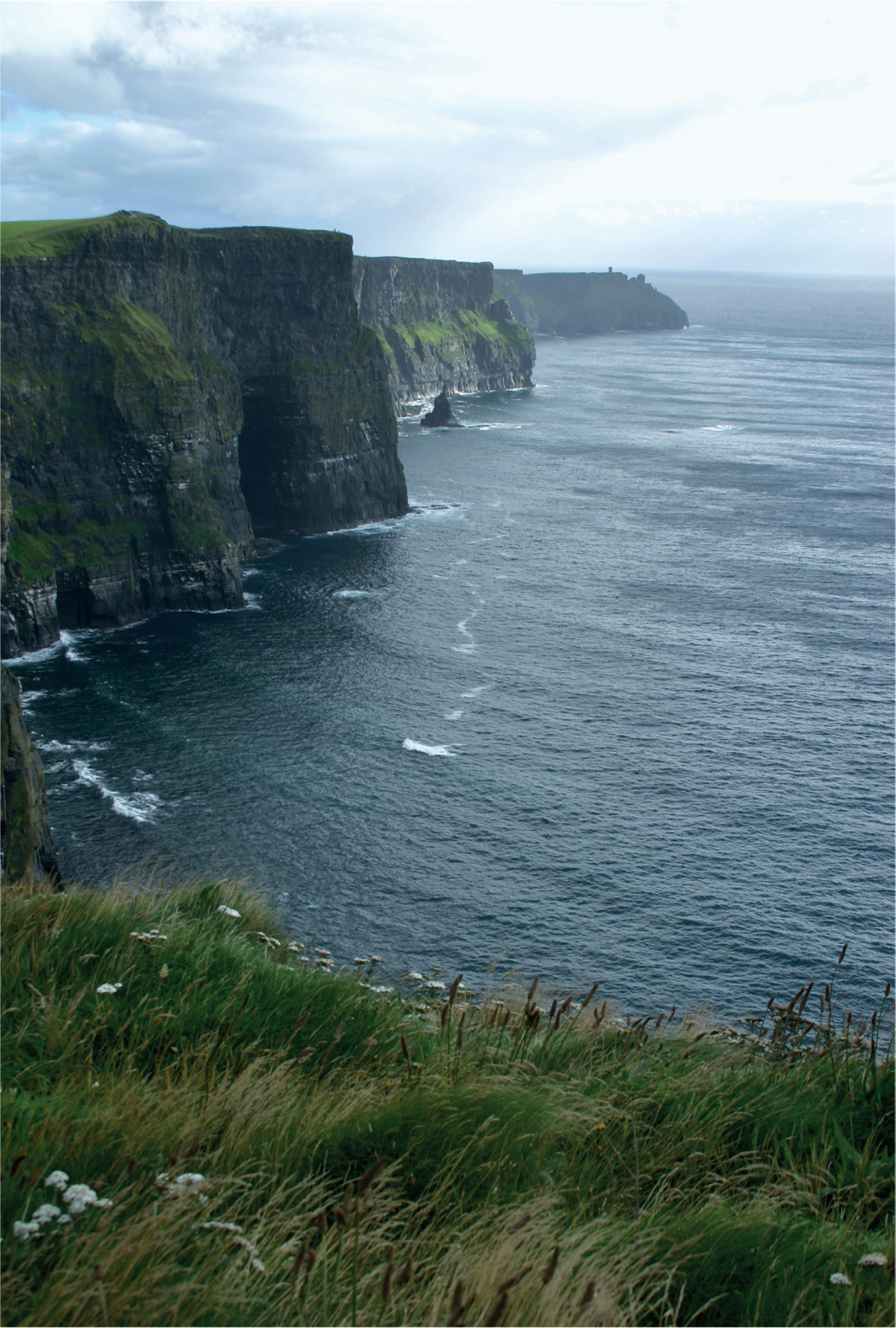
FIG 1. At Europe’s rim: the Cliffs of Moher, Co. Clare, Ireland. (Liam Morrison)
The margins of the continents, especially broad in the North Atlantic region, are drowned by shallow seas, creating a sea-floor environment termed variously the sublittoral or shallow shelf, and part of the wider and deepening benthic realm. Continental-shelf seas are the most biologically rich and productive areas of the world ocean. This book addresses some aspects of the natural history of the benthic environment of the shelf seas of northwest Europe, and its biological communities, the benthos.
In northern Europe, naturalists began to investigate coastal marine habitats in the seventeenth century, and seashore studies reached an apogee in the second half of the nineteenth century, by when the development of small bottom dredges had initiated the exploration of the shallow sea floor. Marine biology began with the studies of enthusiastic amateur naturalists, and there are many who continue the amateur tradition today. Scuba, together with digital cameras and video recorders, provides the modern naturalist with opportunities for exploring the marine environment that Victorian enthusiasts would have wondered at. Thus equipped, the amateur naturalist is able to continue to make original contributions to marine biology, but only with regard to inshore habitats, and at the shallowest depths. Surveying the benthic environment offshore involves expensive, ship-borne sampling procedures. Many biological science students will have had the opportunity to see grabs, dredges and trawls deployed from research vessels operated by marine biology stations, and to examine and to identify their catches in seawater tanks. Some postgraduate students will have had the privilege of participating in research projects and programmes that involved extensive shipboard fieldwork, and long periods in the laboratory developing familiarity with benthic faunas. It is also likely that many amateur marine biologists will have become familiar with benthic biology and ecology through attending classes provided by field stations. My own experience of the benthos derives from more than enough hours aboard coastal research vessels, and many more, and more comfortable, hours in the laboratory, over a period of 28 years conducting practical classes in benthic marine biology.
It is a challenge to present a convincing account of the natural history of an environment that is rather difficult to envision. Away from rocky coastlines the sea floor is rather flat, often muddy, beneath turbid water with low or no visibility. Benthic faunas mostly live within the sediment of the sea floor, or are sparsely and patchily distributed upon it, and if at all motile are likely to withdraw into burrows or move quickly away on disturbance. Yet, dredges and grabs reveal an often extraordinary diversity and density of animals, suggestive of complex interacting communities. This is not a textbook of marine benthic ecology, nor is it a comprehensive review of the benthic communities of the northwest European shelf seas. Rather, it describes the natural history of some benthic habitats and associations characteristic of our region. It is based upon my joint experience, with friends, colleagues and students, of marine animals and communities, and further informed by the published research of many other fellow marine biologists. I wish to thank all whose work I have relied upon in exploring and explaining those aspects of the field that I find of particular interest. All sources consulted are cited, but I take responsibility for any errors of fact or interpretation.
Finally, it is a pleasure to offer sincere thanks and appreciation to all the friends and colleagues with whom I have spent so many pleasant hours. Special thanks are due in particular to Jill Ireland, John Lancaster, Helen Marshall, Keith Naylor, Joanne Porter, Emily Roberts, John Ryland, and the students and demonstrators of the Millport forays. Jim Ellis, John Lancaster, Joanne Porter and John Ryland kindly provided many of the fine photographs embellishing this book.

FIG 1. At Europe’s rim: the Cliffs of Moher, Co. Clare, Ireland. (Liam Morrison)